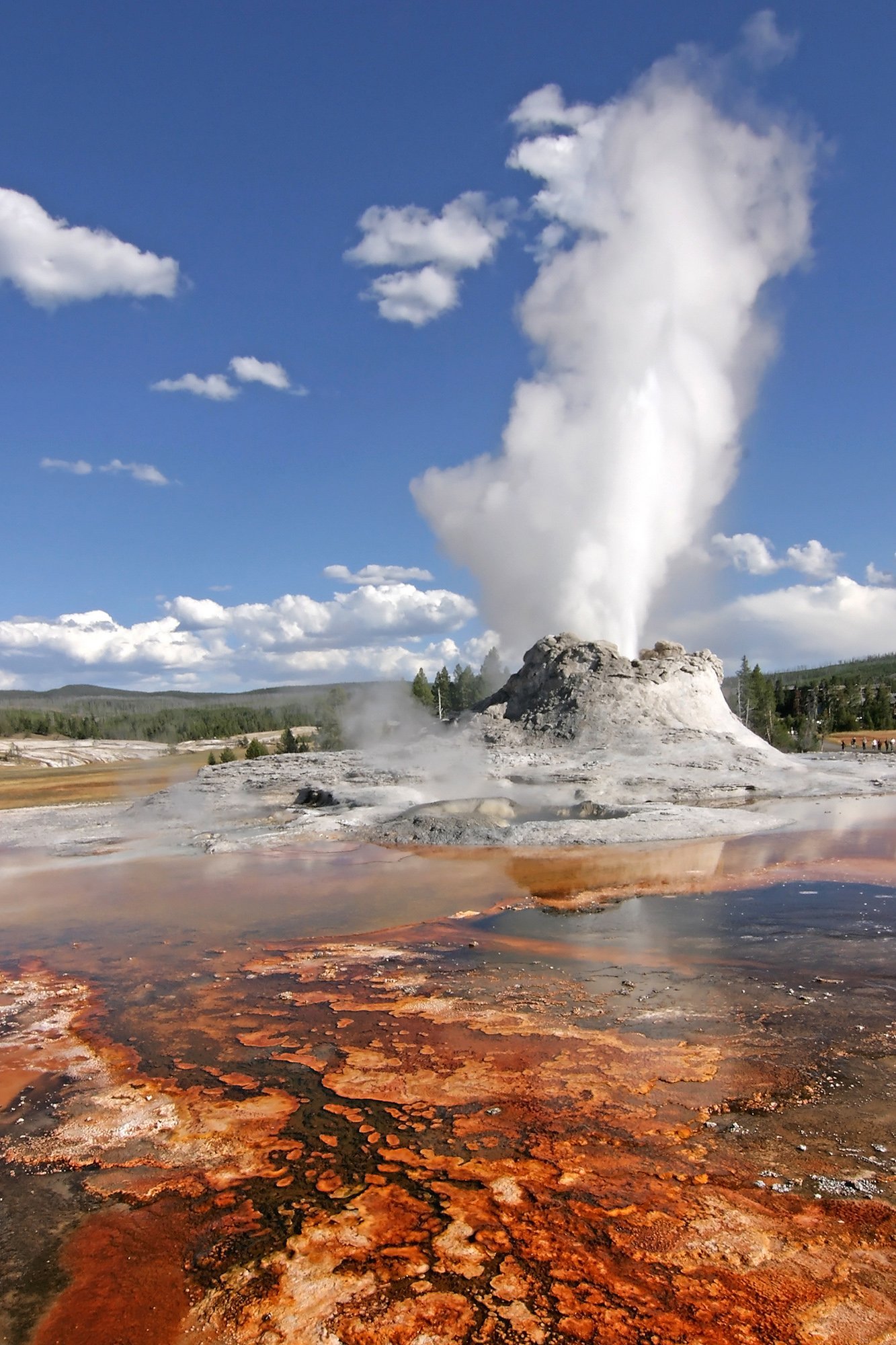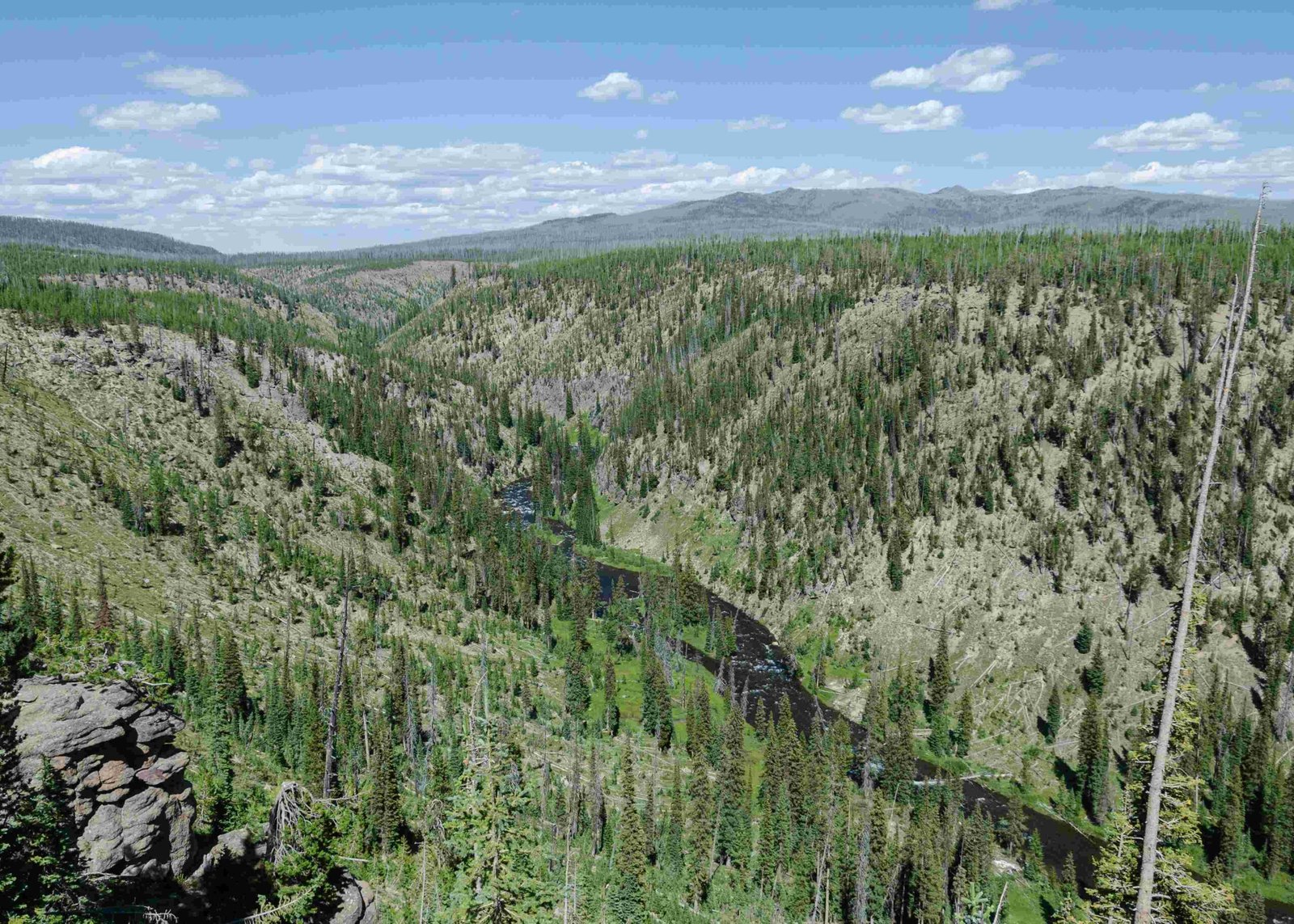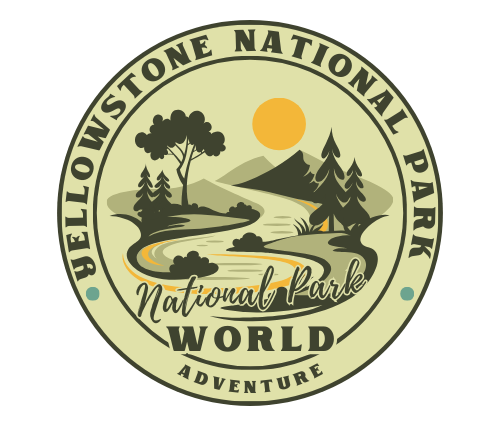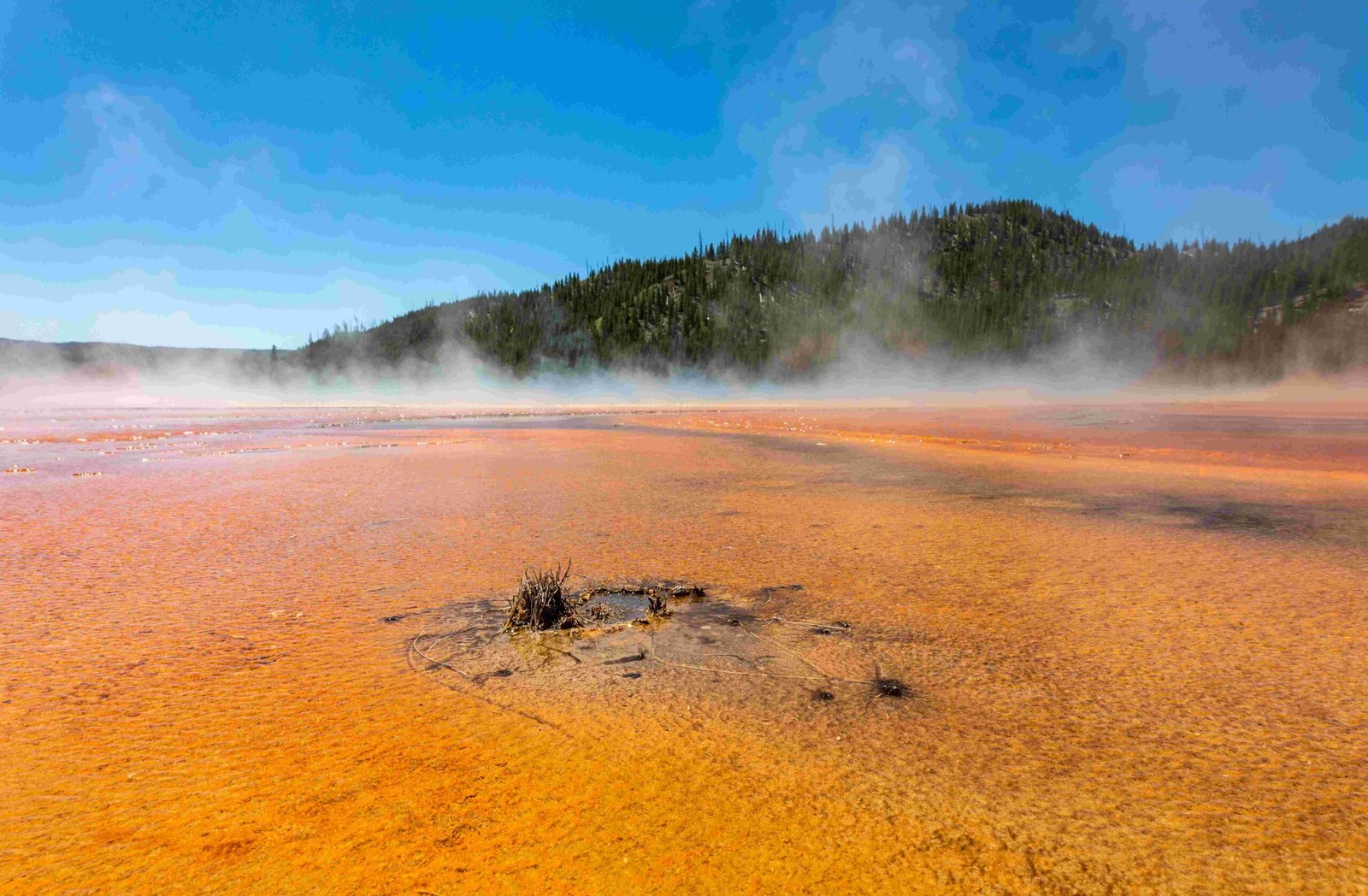Hiking alone in Yellowstone National Park is technically allowed but strongly discouraged due to safety concerns. The park’s vast wilderness, diverse wildlife, and potential hazards make solo hiking risky. While some trails are more suitable for experienced hikers, park officials recommend hiking with a group or joining guided tours. This article explores the regulations, safety guidelines, and considerations for those contemplating solo hikes in Yellowstone.
What Are the Official Regulations for Solo Hiking in Yellowstone?

Yellowstone National Park does not explicitly prohibit solo hiking, but it strongly advises against it. Here are the key regulations and guidelines:
- Backcountry permits are required for overnight trips
- Day hikers should inform someone of their plans and expected return time
- All hikers must stay on designated trails and practice Leave No Trace principles
- Wildlife viewing distances must be maintained (100 yards for bears and wolves, 25 yards for other animals)
Why Is Solo Hiking Discouraged in Yellowstone?

Several factors contribute to the park’s stance on solo hiking:
- Wildlife encounters: Yellowstone is home to potentially dangerous animals like grizzly bears and bison
- Remote areas: Many trails lead to isolated locations with limited cell phone coverage
- Unpredictable weather: Conditions can change rapidly, especially at higher elevations
- Geothermal hazards: Hot springs and geysers pose unique risks to unaware hikers
- Limited rescue resources: In case of emergencies, solo hikers may face longer wait times for assistance
What Are the Best Trails for Experienced Solo Hikers?
While solo hiking is not recommended, some trails are more suitable for experienced hikers:
| Trail Name | Distance (Round Trip) | Difficulty | Estimated Time | Key Features |
|---|---|---|---|---|
| Mystic Falls Trail | 2.5 miles | Moderate | 2-3 hours | 70-foot waterfall, scenic views |
| Observation Point Trail | 2 miles | Moderate to Strenuous | 2-3 hours | Panoramic views of Old Faithful area |
| Grand Prismatic Spring Overlook | 1.2 miles | Moderate | 1-2 hours | Stunning view of colorful hot spring |
| Upper Yellowstone Falls Trail | 3.5 miles | Moderate to Strenuous | 3-4 hours | Spectacular waterfall views |
What Safety Precautions Should Solo Hikers Take?
If you decide to hike alone despite the risks, follow these essential safety guidelines:
- Carry bear spray and know how to use it
- Make noise while hiking to alert wildlife of your presence
- Pack essential gear: water, extra layers, first aid kit, map, compass, and emergency beacon
- Inform someone of your detailed hiking plans and expected return time
- Stay on designated trails and be aware of your surroundings
- Check weather forecasts and trail conditions before setting out
- Carry a fully charged cell phone, but don’t rely solely on it for navigation or emergencies
What Emergency Resources Are Available for Solo Hikers?
Yellowstone National Park provides several resources for hikers in distress:
- Park Rangers: Stationed throughout the park and available for emergencies
- Visitor Centers: Offer information, maps, and can relay emergency messages
- Emergency Services: Call 911 for immediate assistance (coverage may be limited)
- Backcountry Offices: Provide up-to-date trail information and can log your hiking plans
How Can Solo Hikers Minimize Wildlife Encounters?
To reduce the risk of dangerous wildlife encounters:
- Hike in groups of three or more when possible
- Make noise regularly, especially in areas with limited visibility
- Carry bear spray and keep it easily accessible
- Maintain safe distances from all wildlife (100 yards for bears and wolves, 25 yards for others)
- Store food properly and never feed wildlife
- Be alert for signs of animal activity, such as tracks or scat
What Are the Alternatives to Solo Hiking in Yellowstone?
For those hesitant about hiking alone, consider these alternatives:
- Join ranger-led hikes and programs
- Book a guided tour with a certified outfitter
- Use popular trails during peak hours when other hikers are likely to be present
- Explore the park’s scenic drives and roadside attractions
- Visit easily accessible geothermal features and viewpoints
How Should Solo Hikers Prepare for Their Trip?
Proper preparation is crucial for solo hikers:
- Research trails thoroughly and choose ones that match your skill level
- Obtain necessary permits and familiarize yourself with park regulations
- Check weather forecasts and trail conditions before departure
- Pack appropriate gear, including layers for changing weather
- Bring more water and food than you think you’ll need
- Ensure your emergency contact has detailed information about your plans
- Consider renting a satellite communication device for remote areas
By following these guidelines and understanding the risks, solo hikers can make informed decisions about exploring Yellowstone National Park. Remember, the safest option is always to hike with a companion or group, but if you choose to go alone, prioritize safety and be prepared for any situation.
References:
1. https://yellowstone.net/intro/introduction-to-yellowstone/park-regulations/
2. https://coveredgroundtours.com/blog/how-to-stay-safe-hiking-in-yellowstone/
3. https://www.nps.gov/yell/planyourvisit/backcountryregulations.htm

